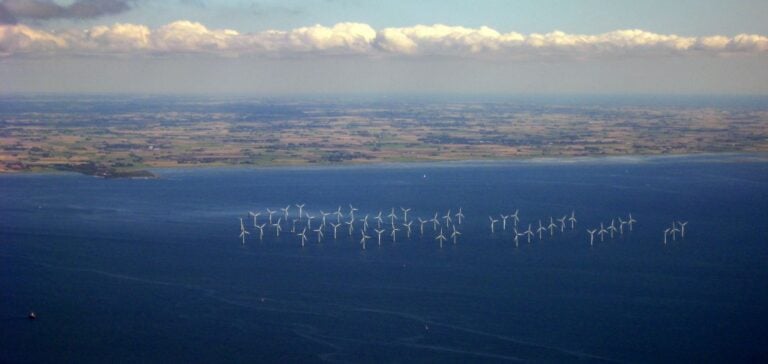GE Vernova, in partnership with 50Hertz, has secured the Ostwind 4 contract to establish a 2-gigawatt (GW) energy connection in the Baltic Sea. This project, focused on advancing Germany’s renewable infrastructure, aligns with European climate objectives. It leverages advanced high-voltage direct current (HVDC) technology to meet the growing demand for green energy.
The connection, located in the Arkona Basin 30 kilometers from Rügen Island, will transport wind-generated electricity to the mainland with minimal losses. Scheduled for completion in 2031, this system is designed to supply energy to nearly two million households.
A transformative project for Germany
Germany, a leader in energy transition, is intensifying efforts to reach 80% renewable energy by 2030. Ostwind 4 represents a strategic advancement, facilitating the integration of offshore wind farms into the national grid. This additional capacity addresses the increasing demand for sustainable energy while reducing reliance on fossil fuels.
For 50Hertz, this project is a first in the use of 2 GW and 525-kilovolt HVDC systems in the Baltic Sea. The company sees it as a crucial step toward fully exploiting the offshore wind potential in this strategic region. According to Stefan Kapferer, CEO of 50Hertz, regulatory adaptations are necessary to effectively connect cross-border wind resources to Germany’s grid.
The benefits of HVDC technology
HVDC transmission is essential for optimizing renewable energy integration. Unlike traditional alternating current systems, HVDC technology enables the transportation of large energy volumes over long distances with greater efficiency. This project also incorporates innovative solutions, such as environmentally friendly gas-insulated equipment, reducing the carbon footprint of the energy infrastructure.
Political and economic dimensions
This project reflects European energy ambitions, strengthening infrastructure to meet climate targets while stimulating the local economy through strategic investments. The collaboration between GE Vernova and 50Hertz underscores the need for industrial actors and grid operators to work together to accelerate the energy transition.






















